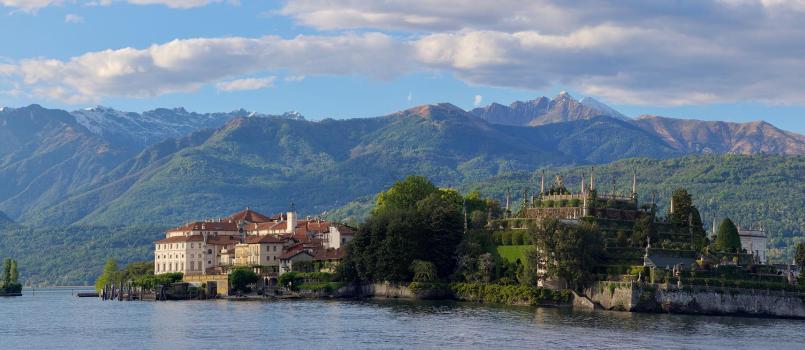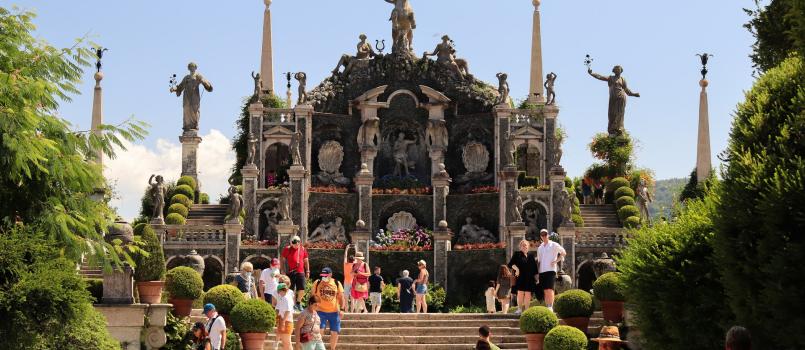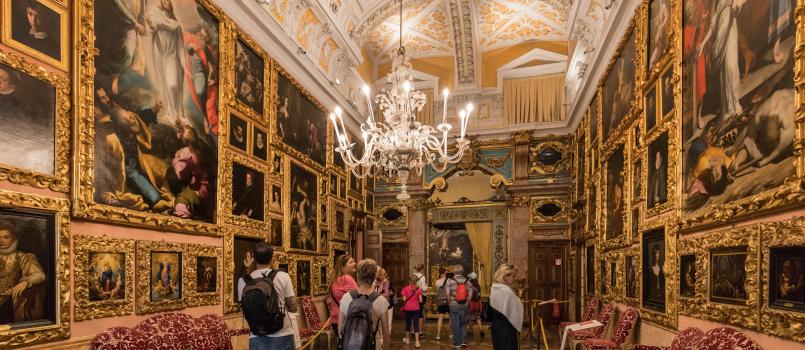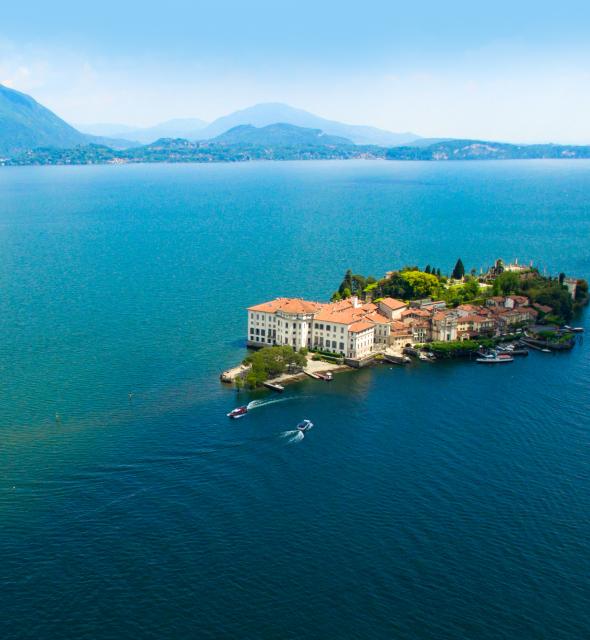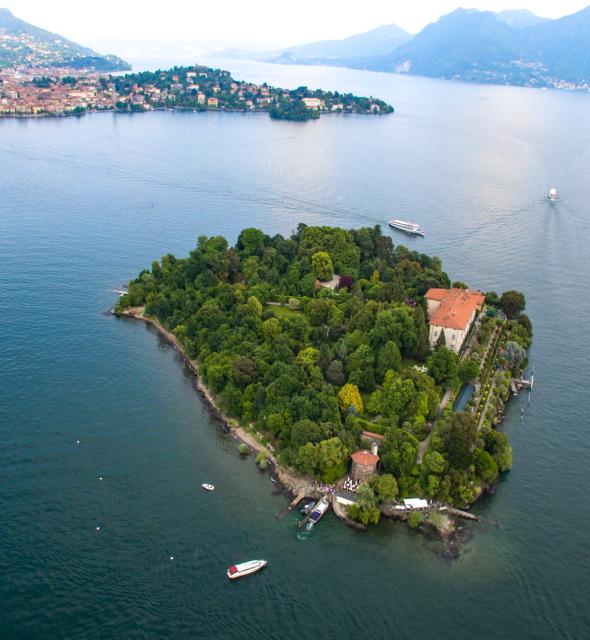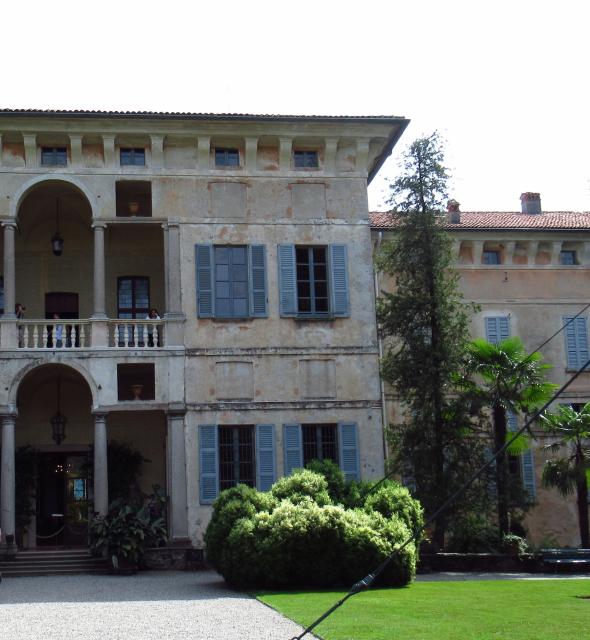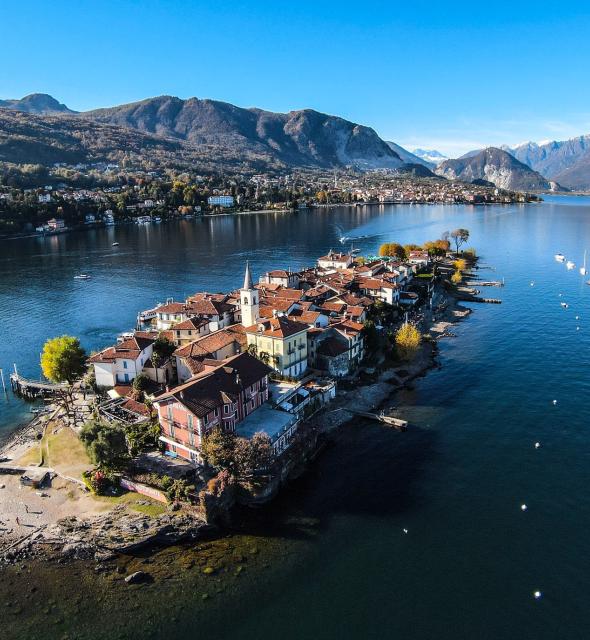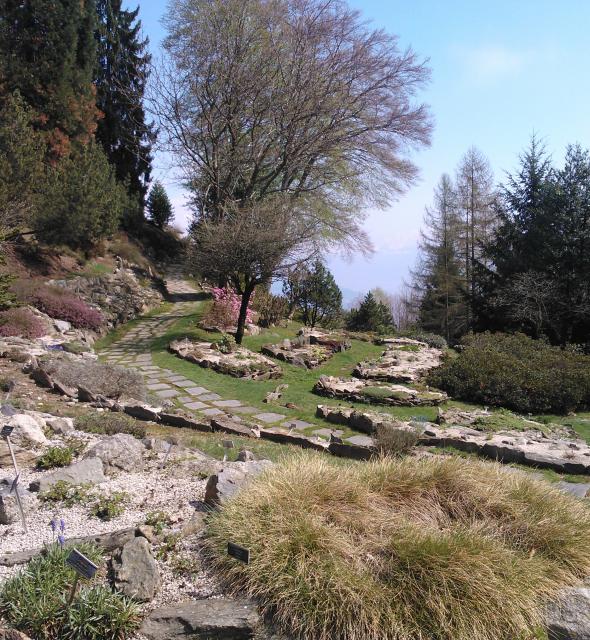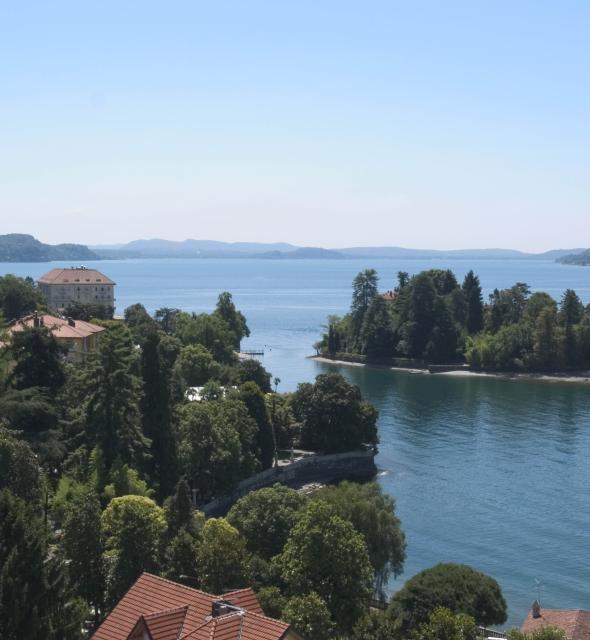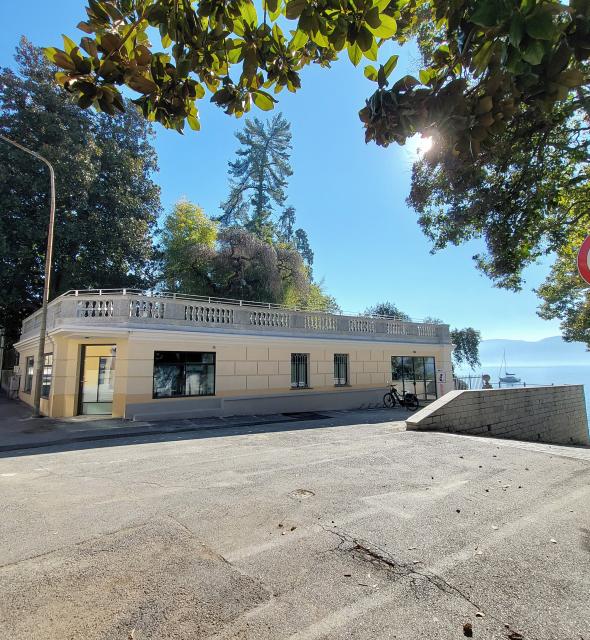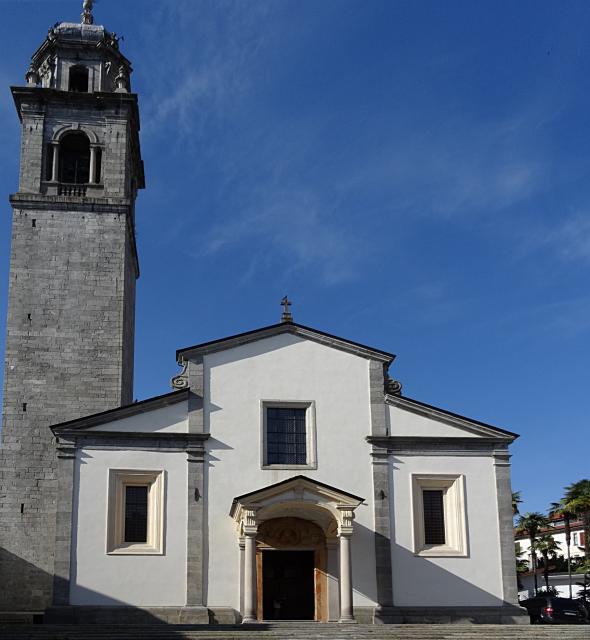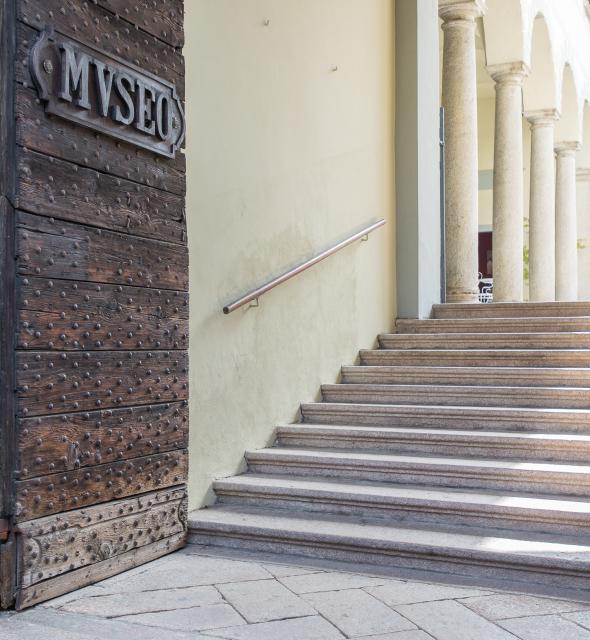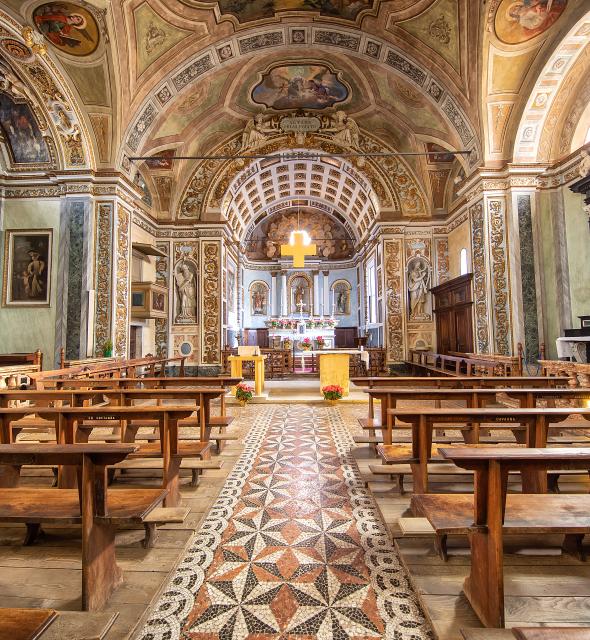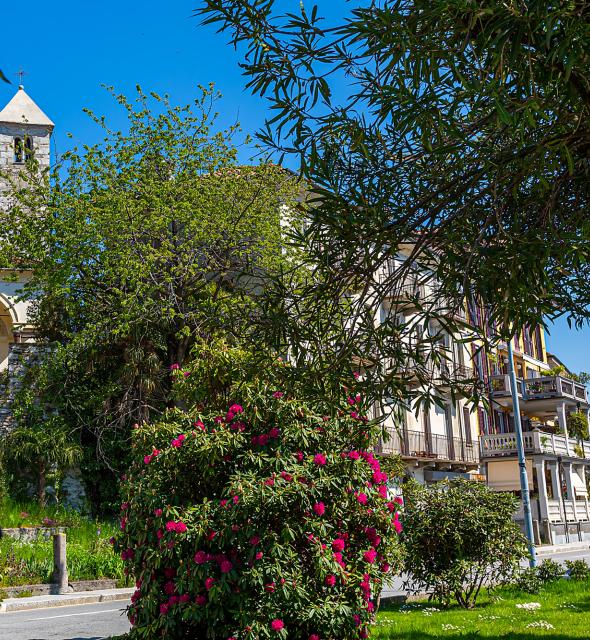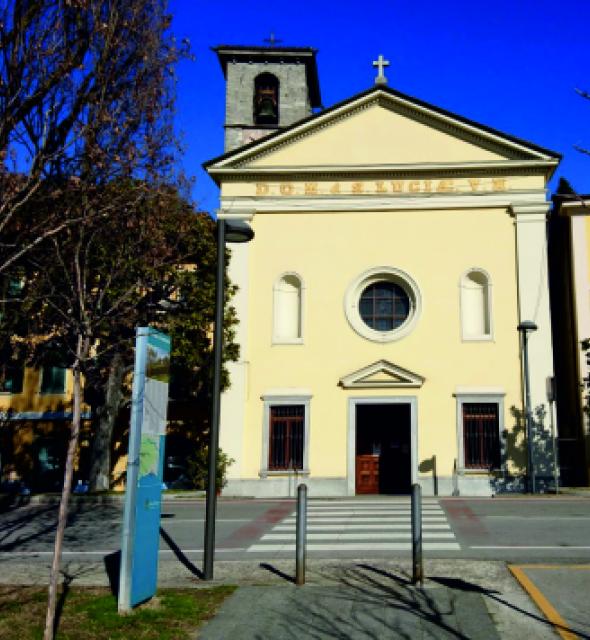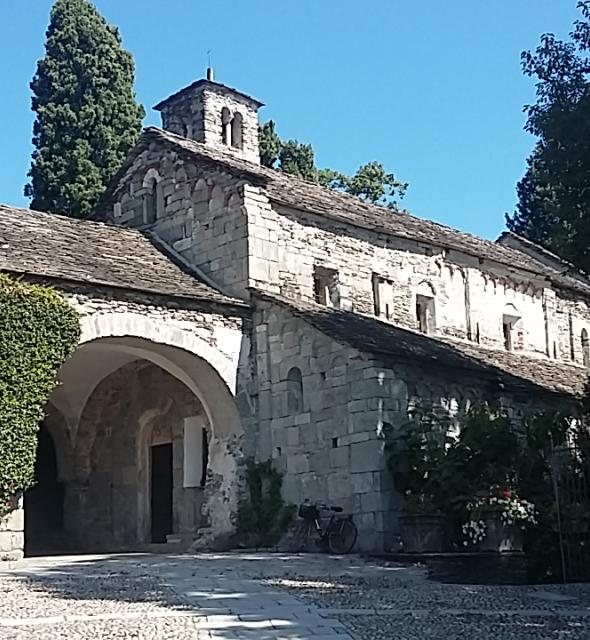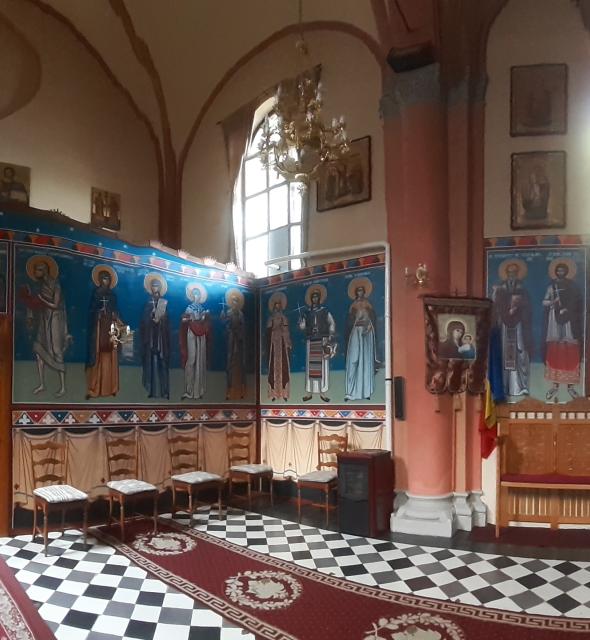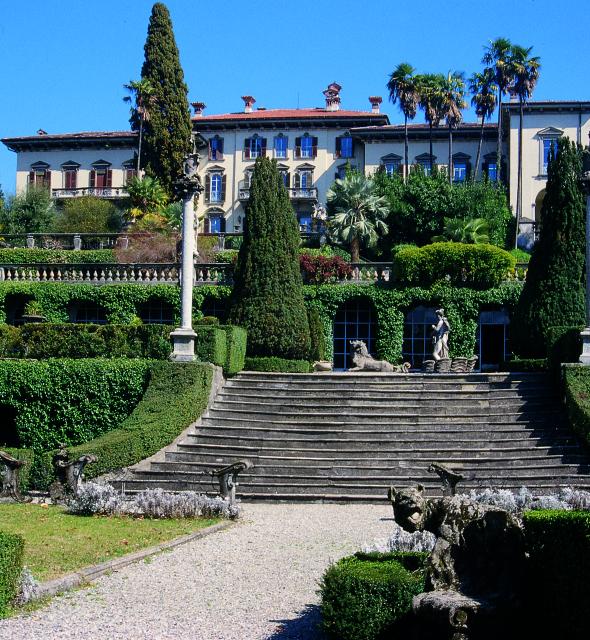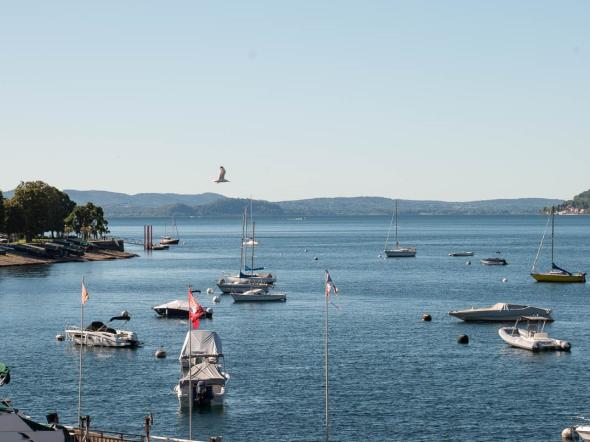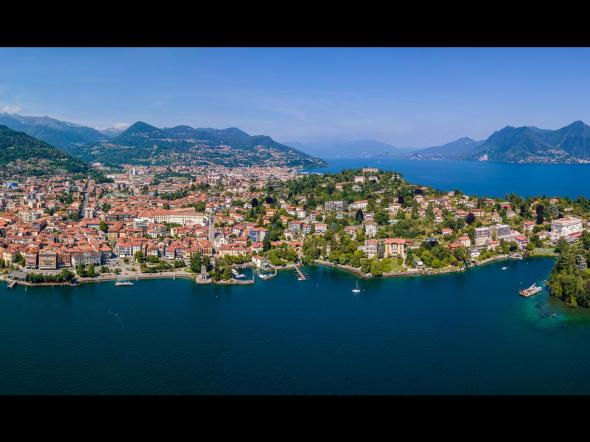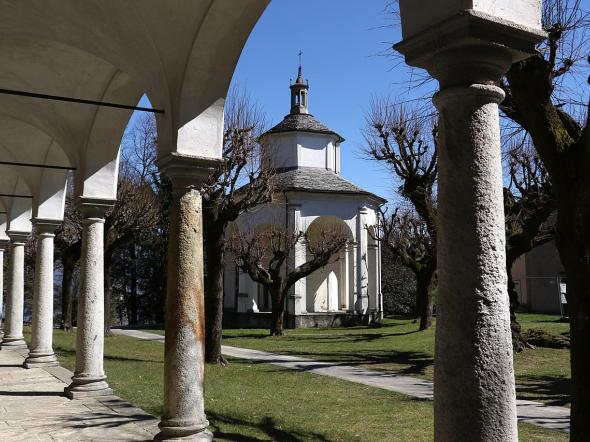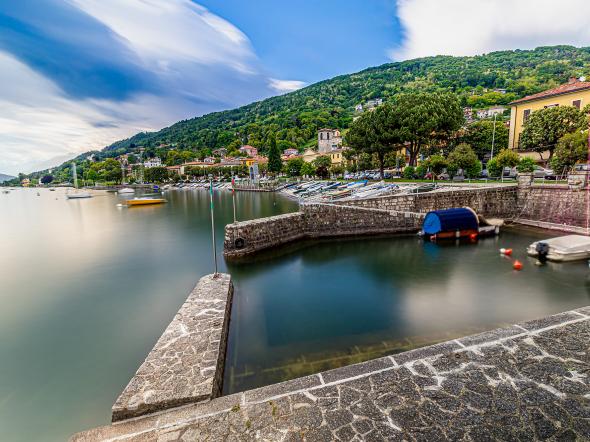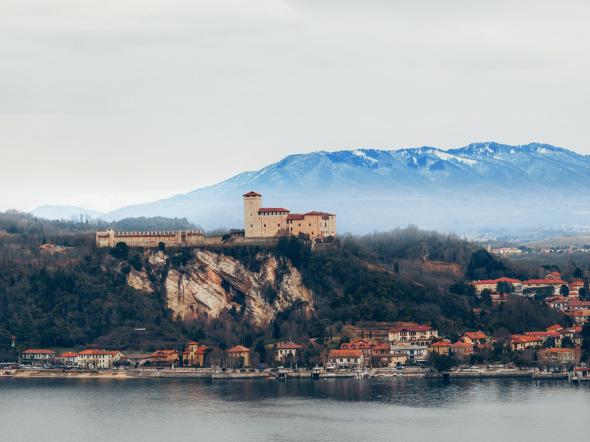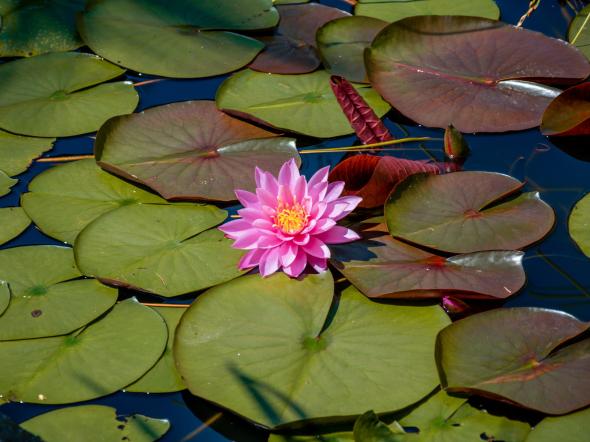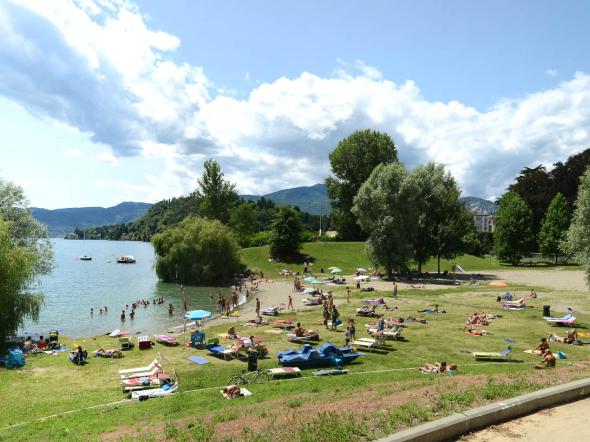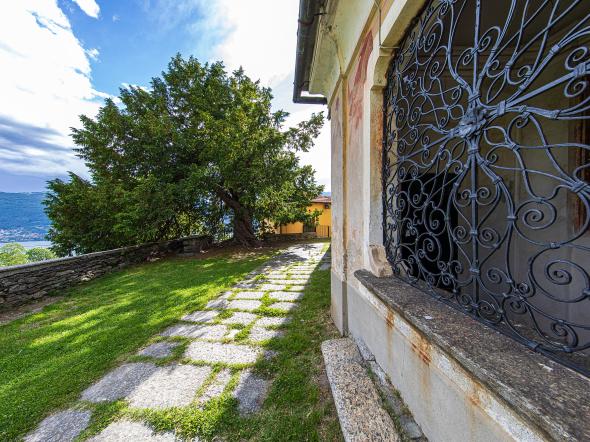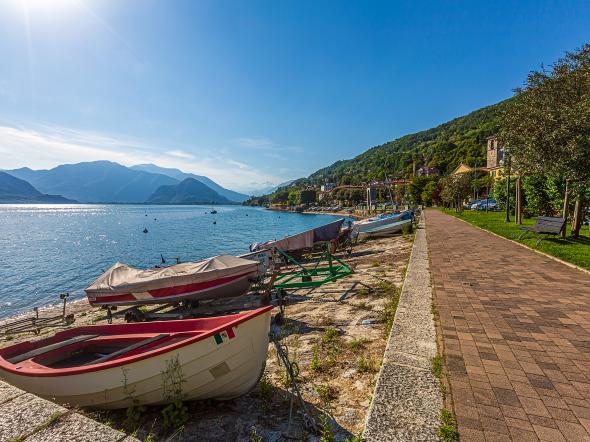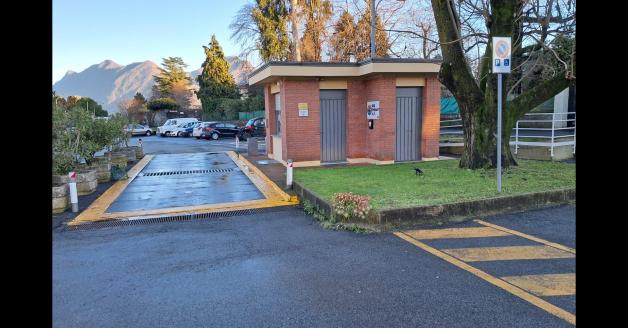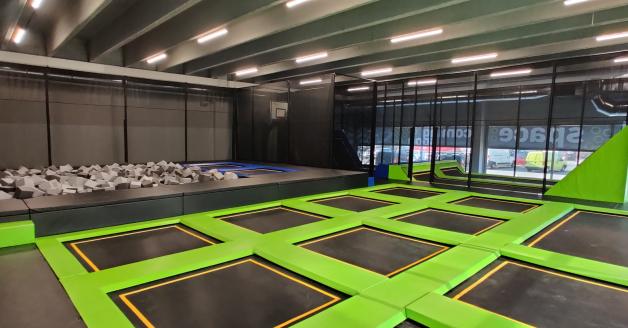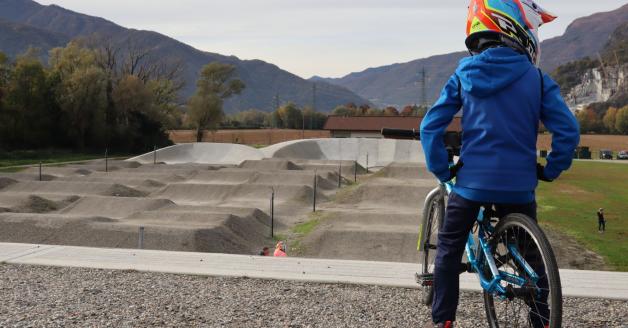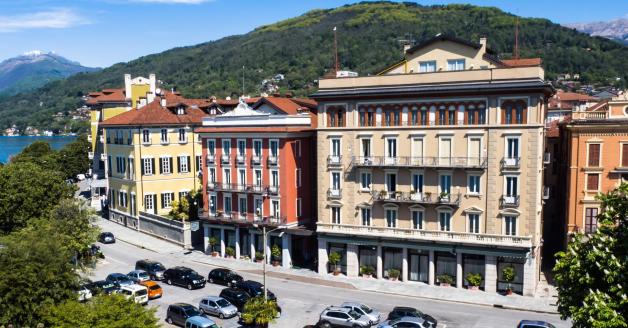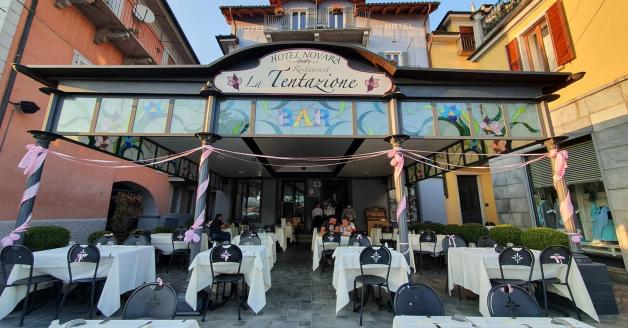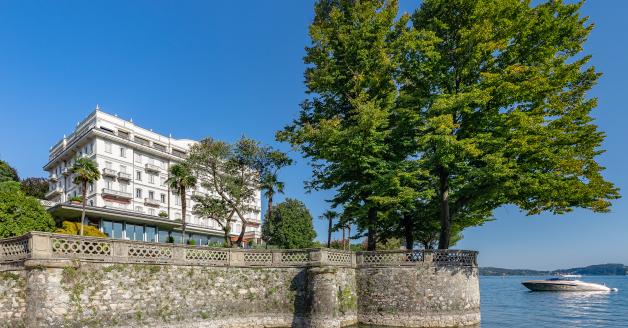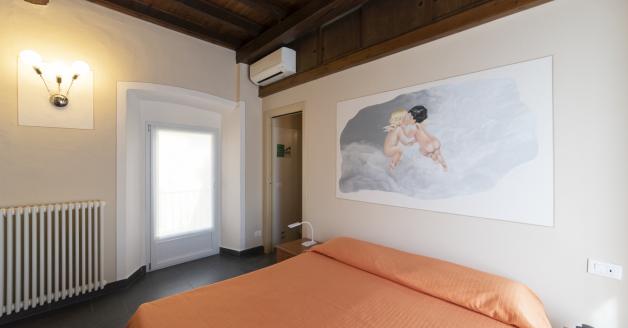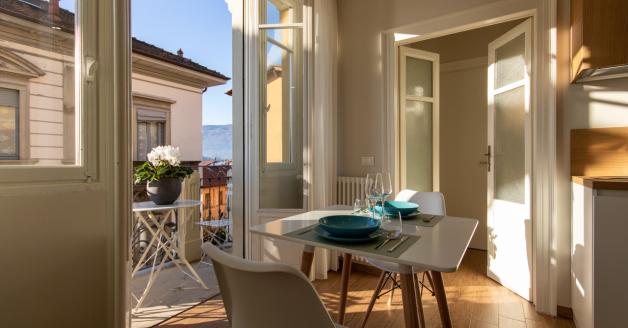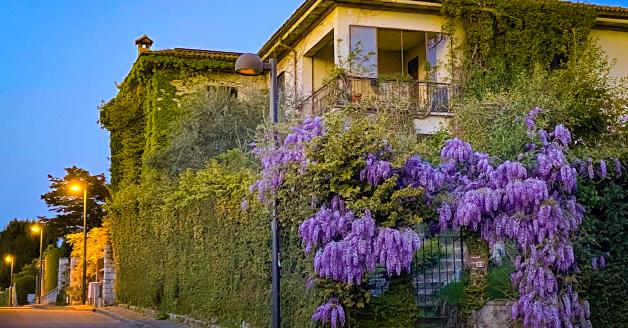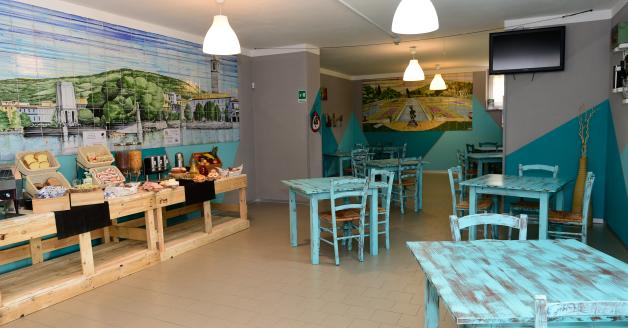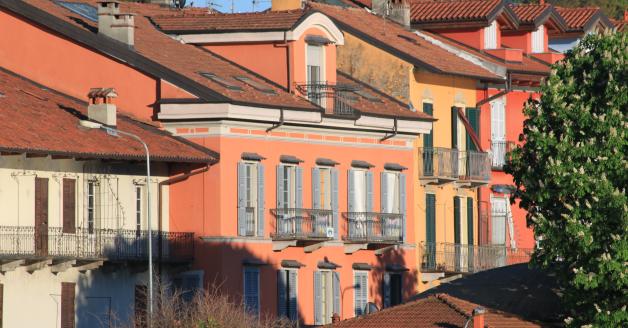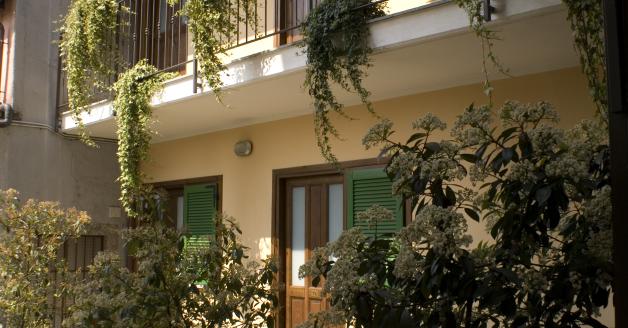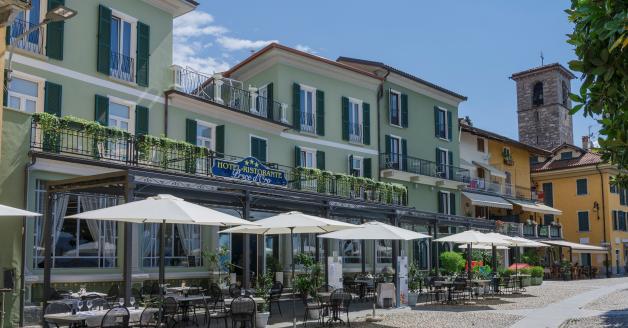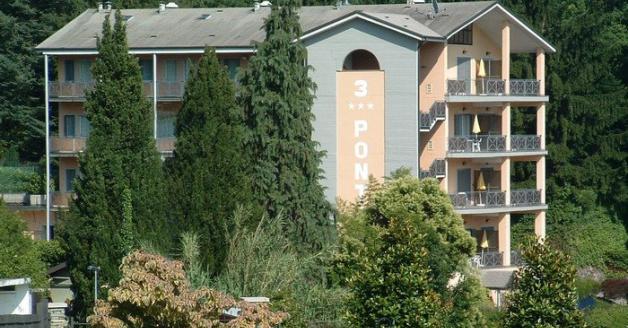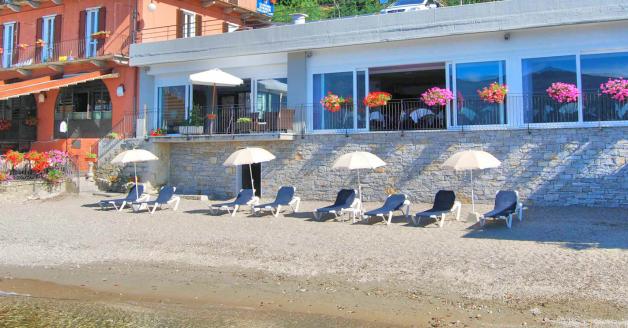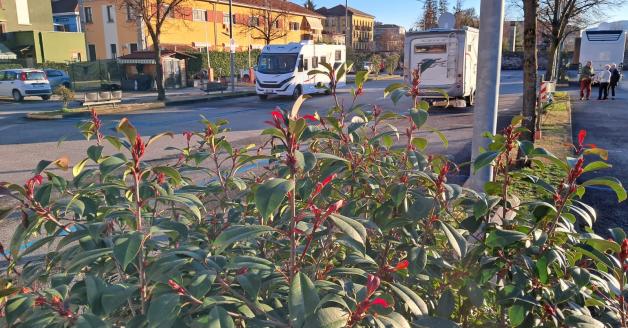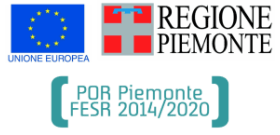Isola Bella - Stresa
You might like to linger, fascinated, in front of the bed that Napoleon shared with his wife Josephine, or you may pause to reflect in wonder as you pass through the Music Room where, in 1935, Mussolini and the governments of France and Great Britain signed a declaration in the vain hope of halting the rearming of Nazi Germany. Palazzo Borromeo has hosted no shortage of famous people and, still today, the sumptuous residence demands to be discovered as the Baroque era dictates: by amazing you with its rooms and furnishings!
Thousands of visitors of all ages have stood awestruck, looking up in wonder at the walls and vaults of the six rooms of the Appartamento delle Grotte (Grotto Apartment).
In this cool place on the water's edge, designed as a refuge from the summer heat, the spaces are completely covered with stones, tufo rock, lava, coal residues, ‘pietre lustre’ (marbles), fragments of mica crystals and crushed Candoglia marble. All delightfully enhanced by aqua-themed stucco ornaments: shells, nymphs, mermaids, dolphins, fish and turtles.
The floors are covered with white, red and black river pebbles that design the motifs of the Borromeo heraldic shields. This is exactly how Vitaliano VI Borromeo imagined it; in the seventeenth century he completed the construction of the palazzo, that had been initiated by his father Carlo III, as he wished to rival the sumptuousness on show in the Gonzaga palaces of Mantua.
With its T-shaped layout, Palazzo Borromeo dominates the northern end of Isola Bella. The 80 m facade has a centrally-placed curvilinear projection of the main hall, completed only in 1948, built over two floors and covered by a domed roof.
It was Vitaliano VI Borromeo’s dream to make the Palazzo, with its spectacular terraced gardens, appear like a vessel anchored in the centre of the gulf.
Over 20 rooms are open to visitors, the most notable being the Sala del Trono (Throne Room), the Sala delle Regine (Queens Room) and the Salone degli Arazzi (Tapestry Room) dominated by huge 16th-century Flemish tapestries, in silk and gold, whose recurring theme is the Unicorn, part of the Borromeo heraldic coat of arms.
The Galleria Berthier conserves 130 paintings displayed in a splendid mosaic arrangement that covers every visible surface of the walls. Works by important Lombard artists can be found, along with some reproductions of great names of the past such as Raphael, Correggio, Titian and Guido Reni, a recurring practice in noble collections of the era.
Don’t miss a visit to the Baroque gardens which are spread over 10 terraces in an opulent display of botanical rarities, statues, obelisks, fountains and amphitheatres.

